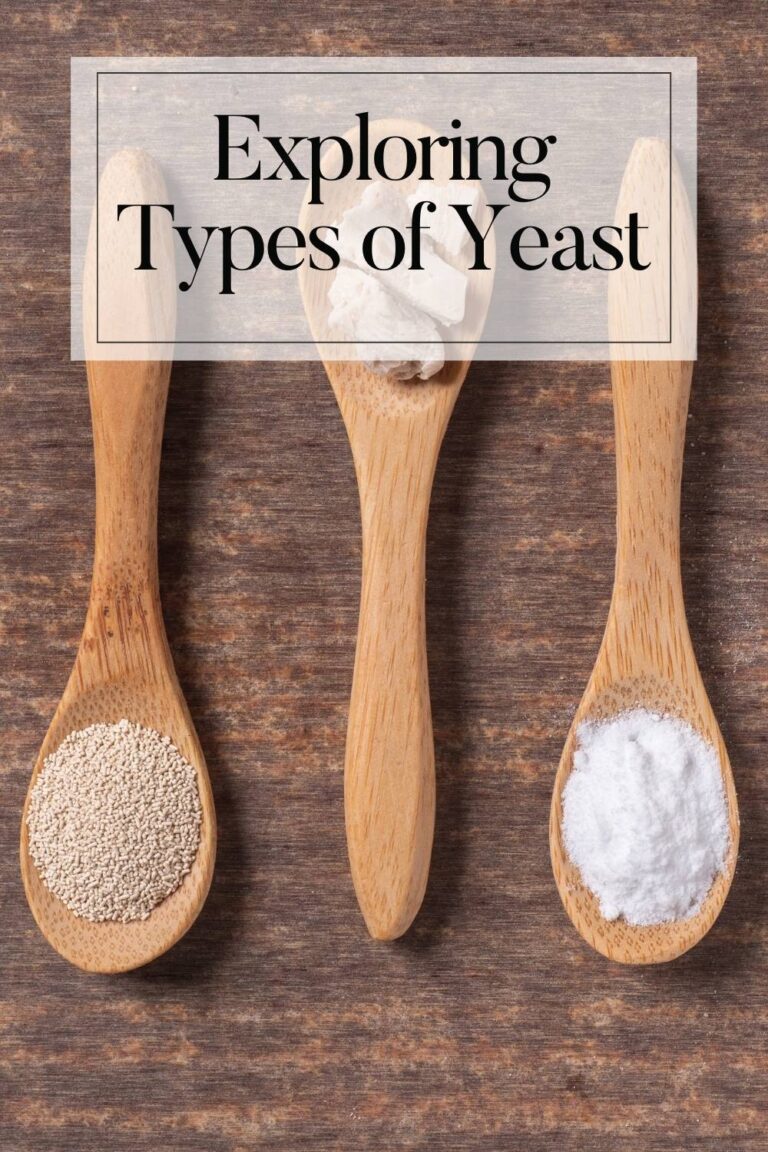What Does Yeast Need to Grow?
Yeast is a tiny but mighty hero of baking, responsible for the lightness of our bread, the fluffiness of our rolls, and the bubbly texture of our pizza crusts. But what exactly does yeast require to work its magic and for yeast to grow?
How does it help to create those amazing baked goods? Let’s explore the fascinating world of baking science and uncover the essential ingredients that yeast needs to rise and shine.
Moisture
First and foremost, yeast needs moisture. Just as plants need water to grow, yeast cells need moisture to stay alive and thrive.
Think of water as the wake-up call for yeast. Just like how we need a splash of water to refresh ourselves in the morning, yeast cells need moisture to come alive and start their fermentation process.
When we mix water into the dough, it activates the yeast, signaling it’s time to get to work. Without enough water, yeast cells remain dormant, and our bread won’t rise properly, resulting in dense and heavy loaves.
Food
Next on the list is food, specifically sugars. Yeast loves to feast on sugars, which are like its favorite treat. In baking, these sugars are found in the carbohydrates present in flour. As yeast consumes sugars through fermentation, it releases carbon dioxide gas as a byproduct. This gas forms little bubbles within the dough, causing it to expand and rise. The more sugars yeast can munch on, the more bubbles it produces, resulting in lighter and airier bread. So, providing yeast with plenty of sugars from flour ensures a successful rise and a deliciously fluffy end product.
Temperature
Temperature is another critical factor in yeast’s performance. Yeast cells thrive in warm, cozy environments, similar to how we enjoy basking in the sun on a nice day. The ideal temperature range for yeast growth and fermentation is typically between 75°F to 85°F (24°C to 29°C).
In this temperature sweet spot, yeast energy revs up, leading to faster fermentation of the sugar and increases gas production. As a result, our dough rises more quickly and consistently, yielding bread with a soft crumb and a perfect texture.
However, it’s essential to strike the right balance with temperature; too cold, and yeast activity slows down, while way too hot can damage or kill the yeast cells altogether.
Oxygen
Now, let’s not forget about oxygen. Even though it can survive without oxygen, having some around helps it work better. It’s like giving yeast a little boost of energy to do its job faster. That’s why we knead our dough like crazy, incorporating air and ensuring our yeast is well-fed and happy. This, in turn, promotes a more robust fermentation process and contributes to a better rise in the final baked product.
So, In conclusion, yeast requires four main things to make things grow: moisture or water, food (like sugars), the right temperature, and a little bit of oxygen.
When these factors are present in the baking process, yeast can work its magic, transforming simple dough into beautifully risen bread.
So, the next time you embark on a baking adventure, remember to give yeast the nurturing environment it needs to rise and shine.






